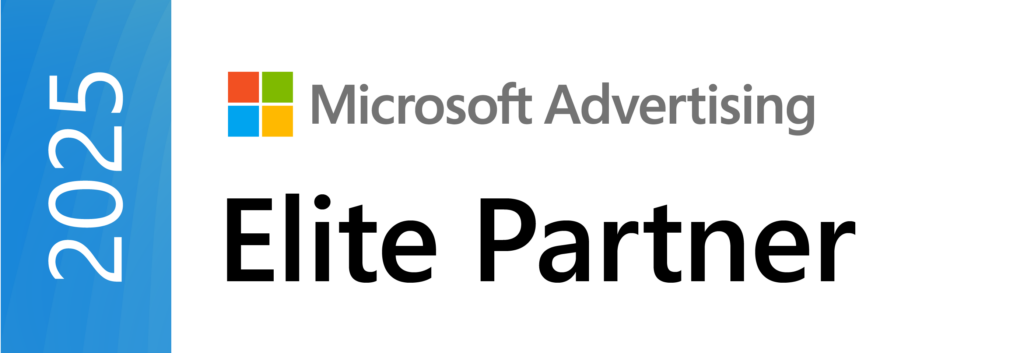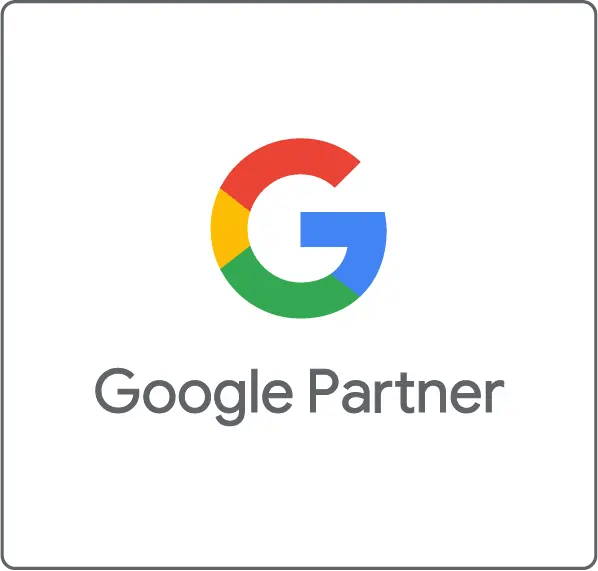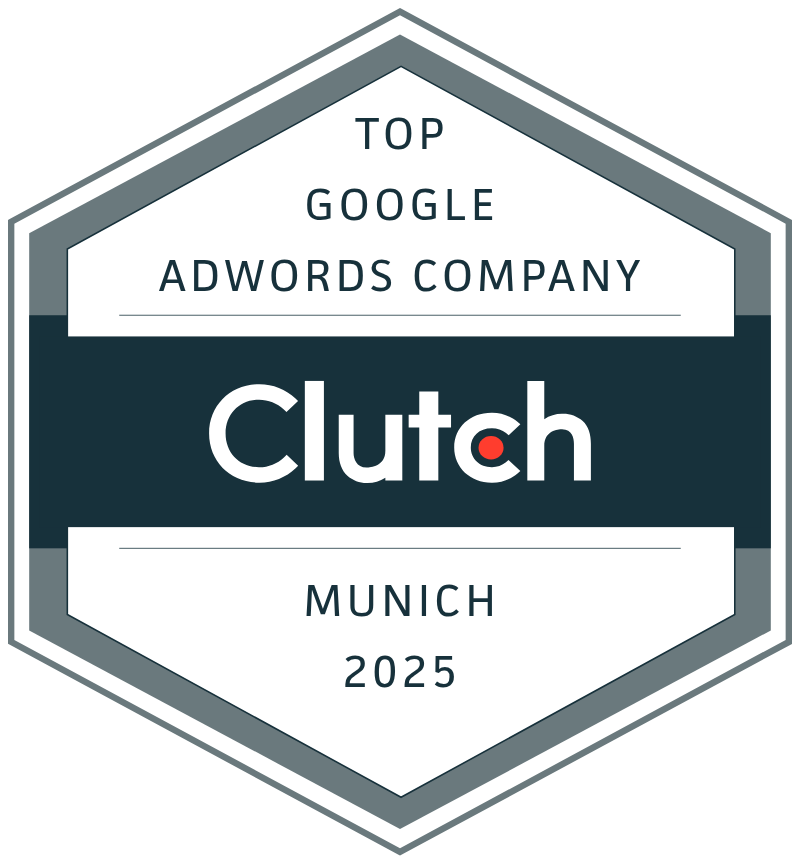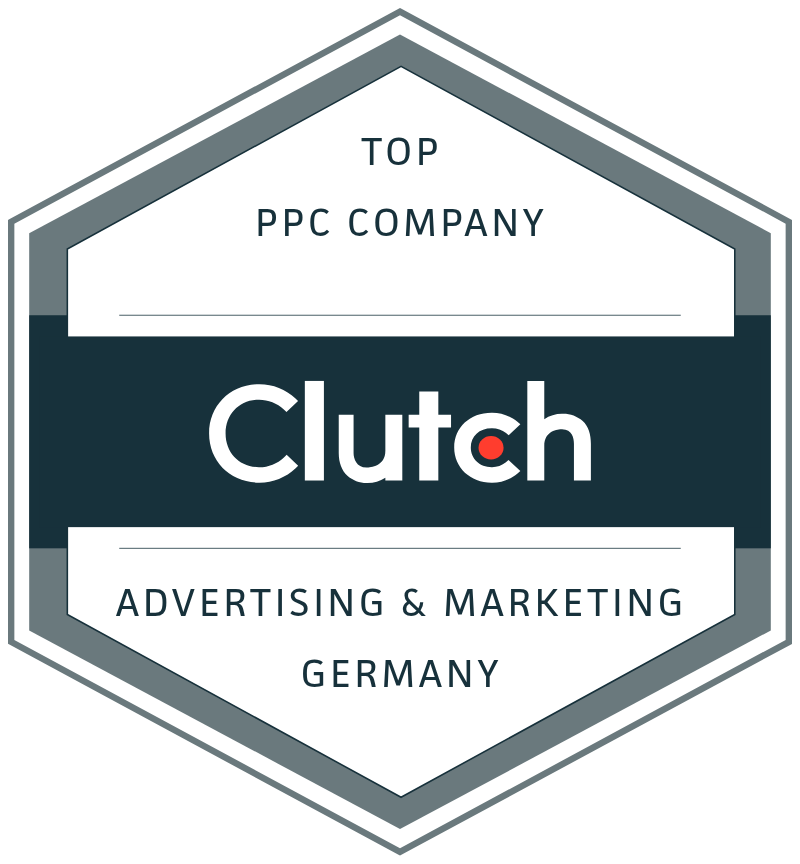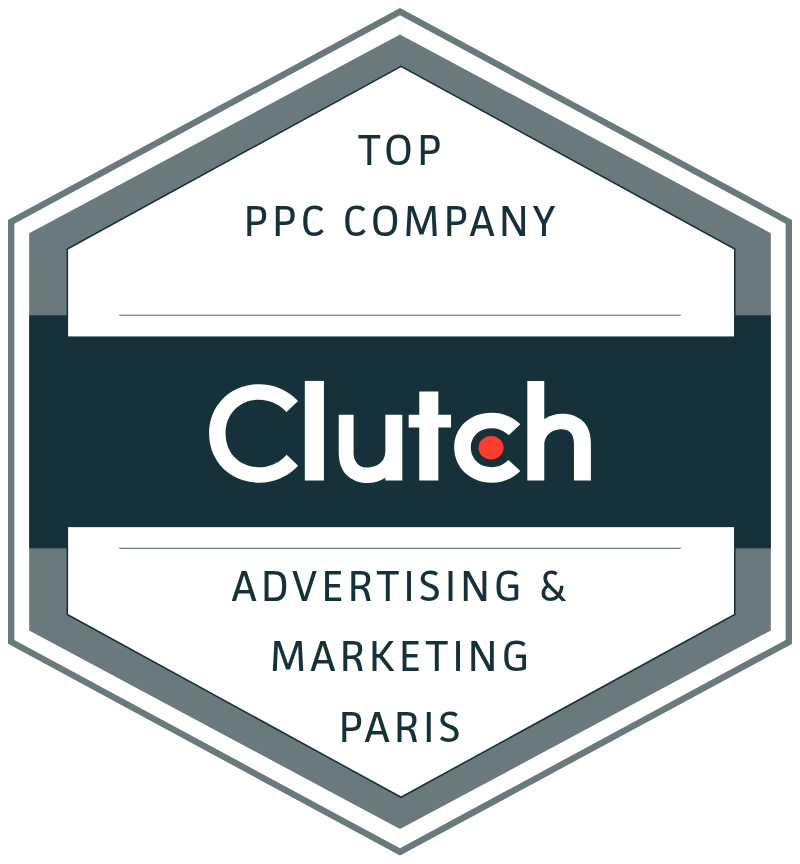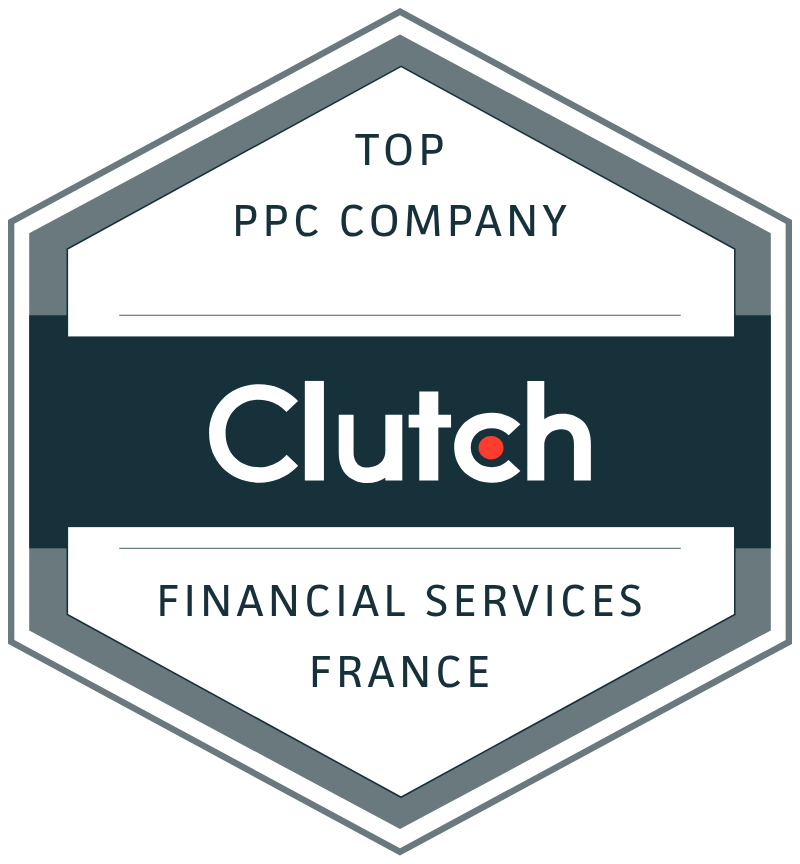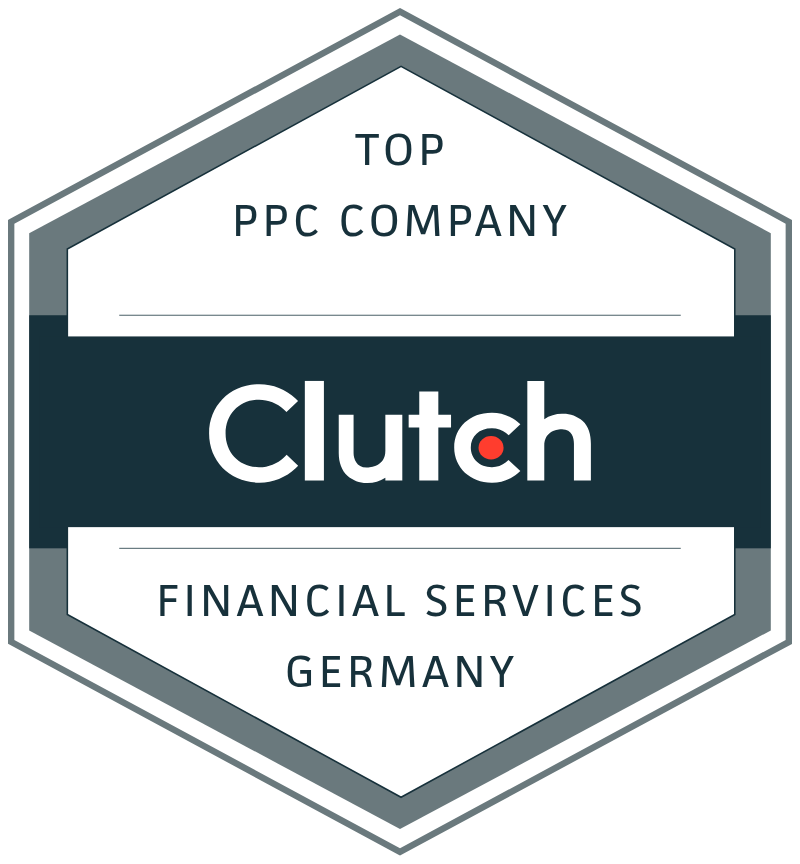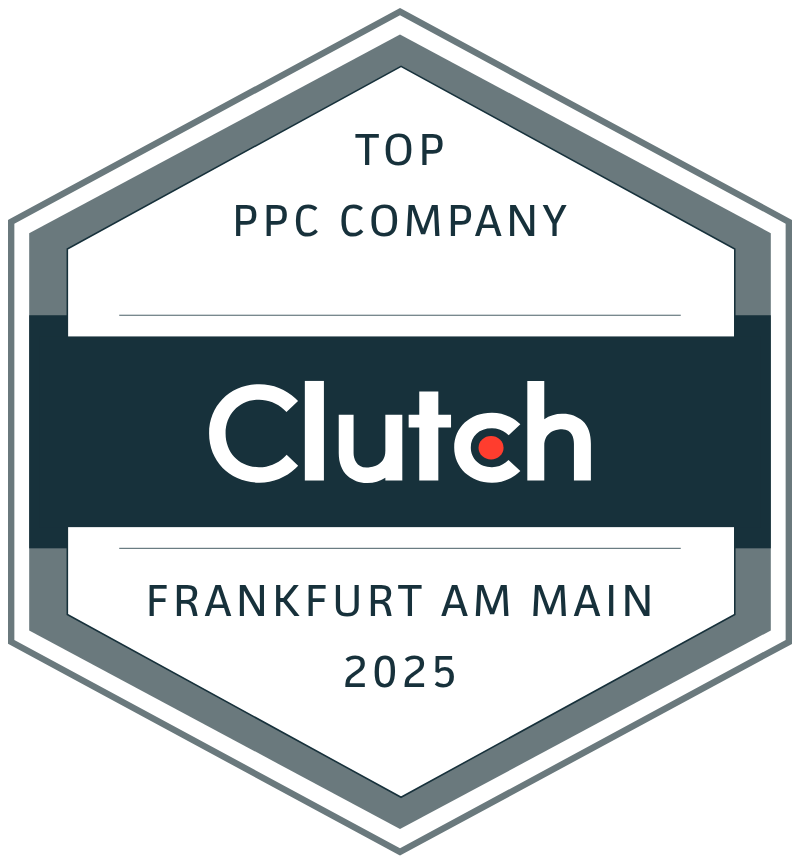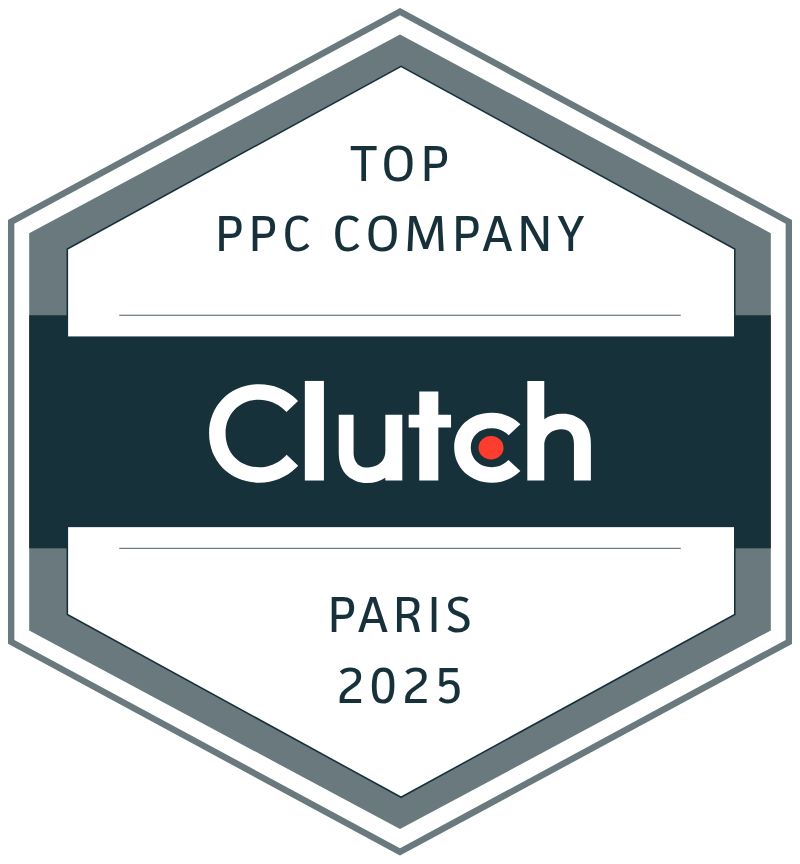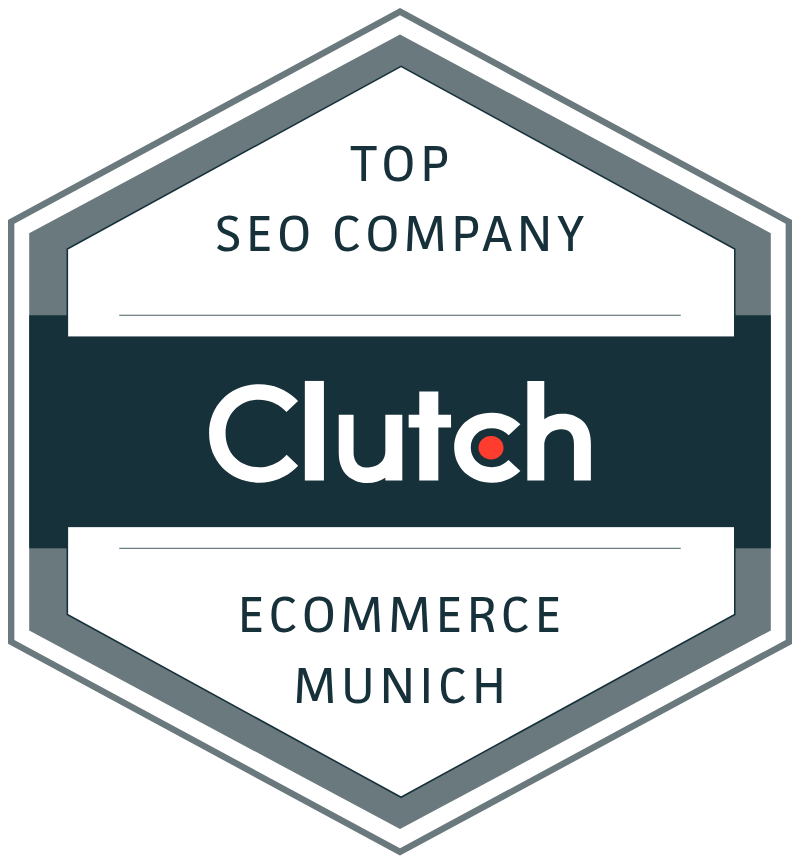In today’s hyper-competitive digital market, strong brands have become a defensible, compounding asset. As online advertising costs surge, many companies find themselves in a costly “click-cost trap” – pouring budget into pay-per-click ads just to defend their current sales rather than to win new customers. The antidote, as practiced by top brands, is a full-funnel marketing strategy that balances long-term brand-building with short-term performance marketing. This approach creates compounding advantages, greater efficiency, and sustainable growth. In this piece, we explore why brand strength is more critical than ever, how rising digital ad costs are squeezing marketers, and why combining brand and performance tactics is the only way to escape the click-cost trap and thrive in the long run.
The Brand Advantage: A Defensible, Compounding Asset
A strong brand isn’t just a logo or tagline – it’s a strategic asset that grows in value over time, much like money compounding with interest. Brand equity builds “mental availability,” meaning your brand is the first to come to mind when a customer is ready to buy. This creates a “mental moat” around your business – a buffer against competitors. For example, Coca-Cola has spent over a century investing in advertising and distribution, which steadily grew the Coke brand’s value. By some estimates it would take $81.5 billion for a competitor to replicate Coca-Cola’s brand awareness today. In other words, Coca-Cola’s brand acts as an insurmountable moat, earned through consistent marketing investment. Strong brands appreciate in value through increased visibility, loyalty, and market dominance. They attract loyal customers, command pricing power, and even draw better talent and partnerships. In a digital landscape where new competitors pop up overnight, brand strength is one of the few enduring competitive advantages that can’t be easily copied.
Crucially, brand-building works a lot like compound interest. Small gains add up “gradually, then suddenly,” as the famous adage goes. Each effective ad or positive experience makes the brand a bit more famous, which in turn makes customer acquisition easier and cheaper in the future. Over time, strong brands yield compounding returns: their marketing investments today keep paying off years down the line in the form of customer familiarity, trust, and preference. This is why marketing thought leaders urge companies to treat brand spend as an investment, not an expense. As the B2B Institute at LinkedIn put it, “brand is a compounding asset that drives all strategic objectives and profitability outcomes.” Companies that invest in brand are effectively “earning interest” on those efforts, while those that don’t are leaving growth on the table. In summary, a robust brand is a defensible and compounding asset – a bulwark against competitors and a growth engine that gains momentum over time.
The Rising Cost of Clicks: Inside the “Click-Cost Trap”
While brand-led growth compounds over time, many marketers today are preoccupied with short-term performance marketing – things like pay-per-click (PPC) ads, paid social, and retargeting that drive immediate conversions. These tactics are highly appealing because they’re measurable and fast, but they’re also becoming increasingly expensive. In fact, digital advertising costs have been soaring across industries. According to recent data, the average cost-per-click (CPC) on search ads jumped by over 15% globally in Q1 2024 (versus a year prior). Retail advertisers have it even worse – search CPCs for retail climbed an astounding 40–50% in the past five years. This inflation in click prices (cheekily dubbed “clickflation”) is fueled by intensifying competition (more brands bidding on the same keywords), as well as algorithm changes on major ad platforms. Simply put, demand for digital ad eyeballs exceeds the supply, driving prices up.
The result? Companies that rely heavily on performance ads are finding it harder to sustain profitability as they must spend more and more just to get the same traffic. Marketing veteran Avinash Kaushik bluntly summarized this predicament: “The best, the very best performance marketing can do is help me defend my current market share… If you’re fantastic at performance, that’s the best you can do”. In other words, pouring budget into Google, Facebook, or Amazon ads might keep your sales numbers stable (+/– a percentage point), but it’s unlikely to drive meaningful new growth. You end up in a perpetual bidding war just to protect what you have – a classic Red Queen scenario of running faster and faster to stay in the same place.
This “click-cost trap” is evident in the shifting role of performance marketing budgets. More marketers have noticed that their customer acquisition cost (CAC) keeps rising with each incremental dollar spent on PPC or social ads. Often, much of that spend is effectively defensive – targeting the same audiences as competitors, or even targeting your own customer base (for instance, bidding on your brand name keywords so rivals don’t steal that traffic). One industry survey found 70% of marketers planned to increase performance marketing spend in 2024 at the expense of brand-building, reacting to short-term pressures. But chasing quick wins can lead to a vicious cycle: neglecting top-of-funnel brand investment means fewer new prospects discover your brand, so you end up paying ever-higher prices to convert a limited pool of buyers at the bottom of the funnel. As Nielsen’s analysts warn, this approach means “spending more to convert fewer prospects at the bottom of the funnel”, while starving the brand of the awareness that fuels future sales. In short, rising click costs are squeezing the ROI of pure performance tactics, and many brands are waking up to the fact that they’re essentially renting growth from Big Tech ad platforms rather than owning a source of demand. To escape this trap, we must look beyond the bottom of the funnel.
Full-Funnel Mastery: Combining Brand and Performance for Sustainable Growth
Breaking free of spiraling ad costs requires a full-funnel marketing strategy – one that spans both brand-building and performance marketing. Rather than an either/or choice, smart marketers are realizing it must be both/and. The idea is straightforward: upper-funnel brand marketing (e.g. broad-reach campaigns, video, PR, content, sponsorships) creates demand and desire for your product, planting seeds in consumers’ minds. Lower-funnel performance marketing (search ads, targeted social, email, retargeting) then harvests that demand, capturing the in-market buyers and converting interest into sales. When these efforts work in tandem, the whole funnel becomes more efficient.
Brand-building primes the pump for performance marketing. When consumers are familiar with your brand, they’re far more likely to click on your ads or choose you when they’re ready to purchase, even if a competitor is technically a click away. This reduces dependency on costly paid ads for every sale, because a larger share of customers will seek you out by name or come through organic channels. Also, a trusted brand often enjoys higher conversion rates – shoppers are less hesitant to buy from a name they recognize and trust. Additionally, a strong brand can support premium pricing, as consumers associate it with quality and are willing to pay more. All these effects mean that every dollar of performance spend works harder when the brand is strong. As one marketing executive observed, sustained investment in upper-funnel channels like TV and podcasts “not only generated significant growth themselves but amplified the results of our traditional direct-response campaigns like Google and Meta. When we reduced top-line awareness spends, our performance channels suffered”. In other words, turning down the brand advertising caused a drop in efficiency in the bottom-of-funnel ads. Performance and brand are interdependent: cut off the brand fuel and the performance engine eventually sputters.
On the flip side, performance marketing provides the immediate activation and revenue that businesses need in the short term. It’s the “right here, right now” part of marketing – essential for capturing buyers who are ready to act and for hitting near-term sales targets. But as marketing professor Les Binet famously demonstrated, short-term sales uplifts don’t accumulate to long-term growth without brand investment. His research (with Peter Field) suggests the optimal mix for growth is about 60% brand building and 40% direct activation over the long run. Companies leaning too heavily on activation can boost quarterly numbers but at the expense of future growth. By contrast, those that maintain brand support even when it’s not immediately tied to conversions set themselves up for “gradually, then suddenly” growth as brand equity kicks in.
A full-funnel (or “brandformance”) approach thus creates a powerful virtuous cycle: Brand efforts up top increase the effectiveness of performance efforts below, and the revenue from performance can be reinvested into more brand building. Over time, this leads to higher marketing ROI and a more resilient customer acquisition model. As one LinkedIn article puts it, “a balanced approach that integrates brand-building efforts with performance-driven tactics… can drive sustainable growth and profitability”, reducing reliance on costly ads and improving ROI. Instead of scrambling month-to-month to hit numbers with promotions and retargeting, marketers can achieve long-term efficiency. A strong brand means future customers will come to you with far less prompting or paid persuasion. It’s the difference between renting attention versus owning attention: performance marketing may “pay the rent” today, but brand marketing “builds the house” for tomorrow.
To master full-funnel marketing, experts recommend a few strategic shifts for marketers:
- Reallocate Budget for Balance: Ensure a healthy share of budget is devoted to brand-building activities – think video ads, brand content, sponsorships, broad-reach media – even if they don’t drive instant sales. This investment pays off over time by creating a larger pipeline of future buyers. Meanwhile, continue funding performance channels, but don’t over-saturate them; recognize when extra spend is just chasing the same people and hitting diminishing returns. Aim for a mix that defends current sales and also primes new demand. (Industry benchmarks suggest around a 60/40 split between brand and performance as a starting point, though it varies by business.)
- Integrate Messaging Across the Funnel: Align your brand messages and creative with your lower-funnel tactics. A strong, consistent brand narrative (your values, story, and promise) should flow from your broad ads down to your product pages. When consumers encounter the same core message and feel at every touchpoint, it reinforces brand memory. This makes performance ads more persuasive because they echo an existing story in the customer’s mind rather than just pushing a price-point or generic call-to-action. In practice, that might mean using similar imagery or slogans from your TV spots in your retargeting ads, or ensuring your social content builds the brand themes you later capitalize on via search ads.
- Measure Holistically: Adjust success metrics to evaluate full-funnel impact, not just last-click conversions. If you only measure immediate ROI per channel, brand campaigns will look underwhelming and get cut – a mistake that many firms later regret. Instead, use metrics like branded search volume, direct traffic, share of voice, and customer lifetime value to capture the effects of brand marketing on demand. Marketing mix modeling or experiments (like turning off a channel in a test region) can help quantify how upper-funnel spend drives down lower-funnel acquisition costs. One big pitfall is attributing all sales to the last ad a customer clicked; as Nielsen cautions, that last “Buy Now” click is usually the result of a long chain of touchpoints that brand marketing set in motion. By measuring the assist value of those touchpoints, you’ll build a stronger case to invest beyond just retargeting and search ads.
In essence, full-funnel mastery is about playing the long game while still winning the short game. It requires discipline to invest in brand when you might not see the payoff this quarter, but the upside is exponential. Companies that pull this off reap the benefits of both worlds: they capture revenue efficiently today and simultaneously build a brand that will deliver even more revenue tomorrow.
Case Studies: Brands Winning with Full-Funnel Strategies
Many of today’s top brands have embraced this balanced approach – and their results validate the power of full-funnel marketing. Perhaps the most talked-about example is Airbnb, which made a bold shift away from heavy performance advertising to refocus on brand. Prior to 2020, Airbnb spent heavily on search and paid digital ads to drive bookings. But during the pandemic, the company slashed its performance marketing by hundreds of millions of dollars. The surprise finding was that traffic and bookings didn’t crater – in fact, about 90% of Airbnb’s traffic remained direct or organic. People were seeking out Airbnb by name due to its strong brand recognition, meaning Airbnb had been overspending on performance ads that largely defended demand it already had. Airbnb’s CFO noted in 2021 that they were right to shift spend from performance to brand, and CEO Brian Chesky declared that the role of marketing for Airbnb is “education, not to buy customers.” In other words, Airbnb realized it didn’t need to pay to persuade people who already knew and preferred the brand; instead, it could invest in telling its story and growing its community.
Following this pivot, Airbnb launched its first major brand campaign in five years (“Made Possible by Hosts”), and saw overall site traffic jump ~20% in markets where the ads ran. Subsequent campaigns like “Strangers” reinforced Airbnb’s brand promise of belonging and authenticity. By late 2021, Airbnb had its first profitable year, crediting the efficiency of relying more on brand pull than paid push. This dramatic case illustrates how investing beyond the lower funnel can both save costs and drive growth. Airbnb essentially escaped the click-cost trap by leveraging its brand equity; it now spends about the same on marketing as before, but with a far greater share of voice coming from unpaid or “earned” channels (PR, word-of-mouth, direct traffic) rather than purchased clicks.
Airbnb isn’t alone. Warby Parker, a well-known direct-to-consumer eyewear brand, built its early growth on digital ads but later saw customer acquisition plateau. The company realized it needed to broaden its marketing mix – including opening physical stores and running brand campaigns – to reach new audiences beyond the efficient online targeting it had already saturated. Warby Parker’s founders emphasized in 2023 that the power of their brand and surprising customers with creative campaigns would be key to driving further growth, not just pouring more money into digital ads. Similarly, Bombas (apparel) broke out of the DTC mold by investing in TV and outdoor ads to build brand awareness, helping it become one of the most successful Shark Tank alumni with over $1.4B in sales. These examples underscore a common theme: performance marketing alone eventually hits diminishing returns, and the brands that continue to grow are those that ignite broader demand through brand storytelling, innovation, and customer experience – all upper- and mid-funnel activities.
Even the consumer packaged goods giants have long understood this. Brands like Coca-Cola, Nike, and Procter & Gamble pour billions into marketing, with a heavy emphasis on brand equity building. They know that while promotions and ads can spike short-term sales, it’s the brand affinity and memory structures they cultivate that keep customers coming back for decades. Studies have shown that strong brands also fare better in economic downturns and recover faster – a testament to the resilience that comes from having a deep well of customer goodwill and awareness. In contrast, companies that slash brand spending to zero and try to “buy” all their growth through performance channels often find it’s like cutting off the oxygen to their future pipeline. Their customer acquisition costs rise, and they struggle to expand beyond the most actively in-market buyers.
The strategic takeaway is clear: the biggest winners blend brand and performance into a single growth engine. They treat brand and demand as complementary forces, not opposing ones. As marketing guru Mark Ritson has quipped, “the race to the bottom of the funnel is not a brand growth strategy” – meaning you can’t win in the long run by only focusing on conversions and neglecting the earlier stages of the customer journey. Top brands escape the click-cost trap by investing across the full funnel, ensuring that when the expensive clicks come, they convert more easily, and fewer clicks are needed because many customers already know and trust the brand.
Conclusion: Winning the Long Game of Growth
In an era of rising digital ad prices and infinite consumer choice, the “cheap and easy” growth hacks of the past – like arbitraging Facebook ads or flooding Google with keywords – are no longer so cheap or easy. Marketers who continue trying to outbid competitors for each click will find themselves running in place, spending more each quarter to maintain the same results. This click-cost trap is unsustainable. The way out is to build something that money can’t easily buy: a beloved, well-known brand.
Full-funnel mastery is essentially about future-proofing your growth. By cultivating brand awareness, differentiation, and loyalty, you create a reservoir of customer preference that makes all your marketing more effective. Instead of paying a toll for every customer acquisition, you start to get a stream of “free” or low-cost traffic thanks to organic interest and word-of-mouth. Performance marketing doesn’t go away in this model – it becomes more efficient, targeted at the highest-value opportunities and aided by the lift that brand provides. The finance analogies are apt: performance spend is like rent – necessary to keep things going now, whereas brand investment is like building equity – an asset that grows and pays dividends over time. Smart businesses pay both the rent and the mortgage.
For marketers looking to convince stakeholders of this strategy, the case can be made in both data and narrative form. Point to the rising cost per click and falling ROI of the status quo. Share stories like Airbnb’s pivot, where pulling back on performance spend actually improved the bottom line because the brand was strong. Highlight that even digital-native brands are now running Super Bowl ads or launching broad campaigns because they’ve maxed out what they can achieve with Facebook and Google alone. And perhaps most importantly, remind everyone that marketing is not a cost center, it’s an investment in growth – and like any investment, a balanced portfolio (in this case, of brand and performance initiatives) is key to both mitigating risk and maximizing returns.
In summary, escaping the click-cost trap requires a return to marketing fundamentals: know your customer, craft a brand they genuinely value, and communicate that value consistently at every stage of their journey. Yes, bid on the keywords and optimize the conversion funnel – but don’t stop there. Create desire and loyalty up front, not just deals and clicks at the end. The brands that win today and tomorrow are those that build for the long term while executing in the short term. By mastering full-funnel marketing, you won’t just win a click – you’ll win the customer’s heart, mind, and loyalty, which is far more valuable. And ultimately, that is how top brands continue to grow, no matter how high the click costs climb.
Sources: The insights and examples in this article are supported by industry research and expert analysis, including LinkedIn’s B2B Institute on brand as a compounding asset, data on rising digital ad costs and “clickflation”, Nielsen’s 2024 marketing report on budget trends, and case studies of brand-performance synergy and shifts (Airbnb, Warby Parker, etc.). These sources underscore the central premise that balancing brand and performance marketing is essential for enduring growth in the modern era.
References:
- LinkedIn B2B Institute – “Brand as a Compounding Asset”
https://www.b2binstitute.org/thought-leadership/brand-building
Discusses the concept of brand equity as a long-term compounding advantage. - Avinash Kaushik – "Brand vs Performance" (Blog + YouTube)
https://www.kaushik.net/avinash/brand-marketing-vs-performance-marketing/
His “performance marketing defends market share” quote is often cited. - Airbnb Investor Day and Marketing Strategy Shift
- Airbnb on marketing: https://investors.airbnb.com
- Summary article: https://www.campaignlive.com/article/airbnb-reduces-marketing-spend-sees-stronger-returns/1716165
- Les Binet & Peter Field – “The Long and the Short of It” (IPA Research)
https://ipa.co.uk/knowledge/publications-reports/the-long-and-the-short-of-it
Established the 60/40 brand vs performance spend rule for long-term growth. - Nielsen Marketing Mix Modeling Reports (2024 Edition)
https://www.nielsen.com/insights/2024/the-evolving-role-of-brand-in-marketing-roi/
Discusses full-funnel impact, budget misallocation, and rising CAC trends. - Mark Ritson – “The Race to the Bottom of the Funnel”
https://marketingweek.com/mark-ritson-brand-activation/
Argues for balanced brand and performance strategies. - Search Ad Cost Trends (e.g., Tinuiti Q1 2024 CPC Report)
https://tinuiti.com/blog/paid-search/google-search-cpc-trends/
Documents CPC increases and competitive pressures. - Warby Parker Growth Model & IPO Filings
- Bombas Marketing Evolution
https://www.businessinsider.com/bombas-growth-shark-tank-2021-3 - Nielsen's “Why Brands Matter” Report (2023)
https://www.nielsen.com/insights/2023/why-brands-still-matter-in-the-age-of-performance-marketing/
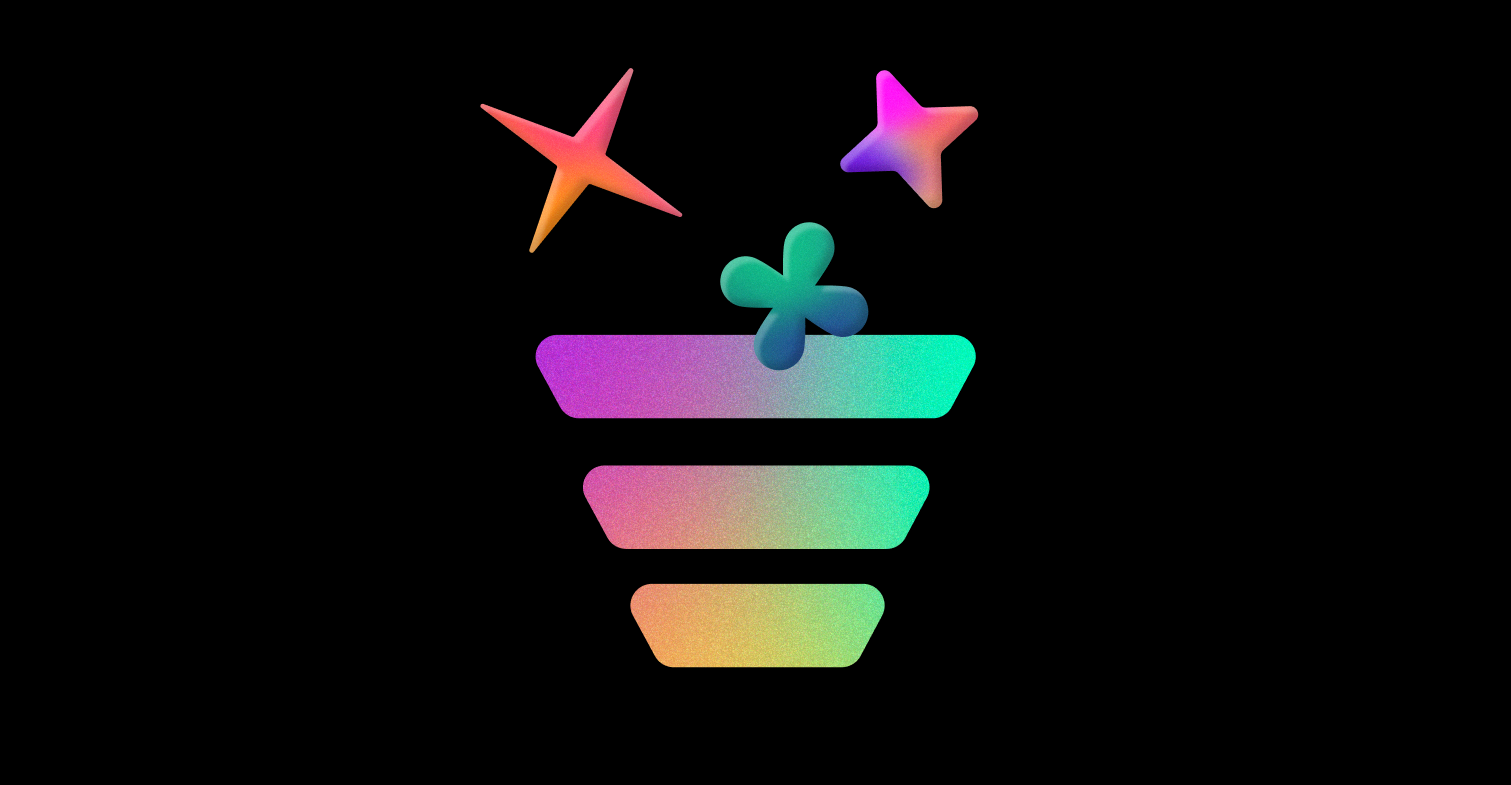
.png)
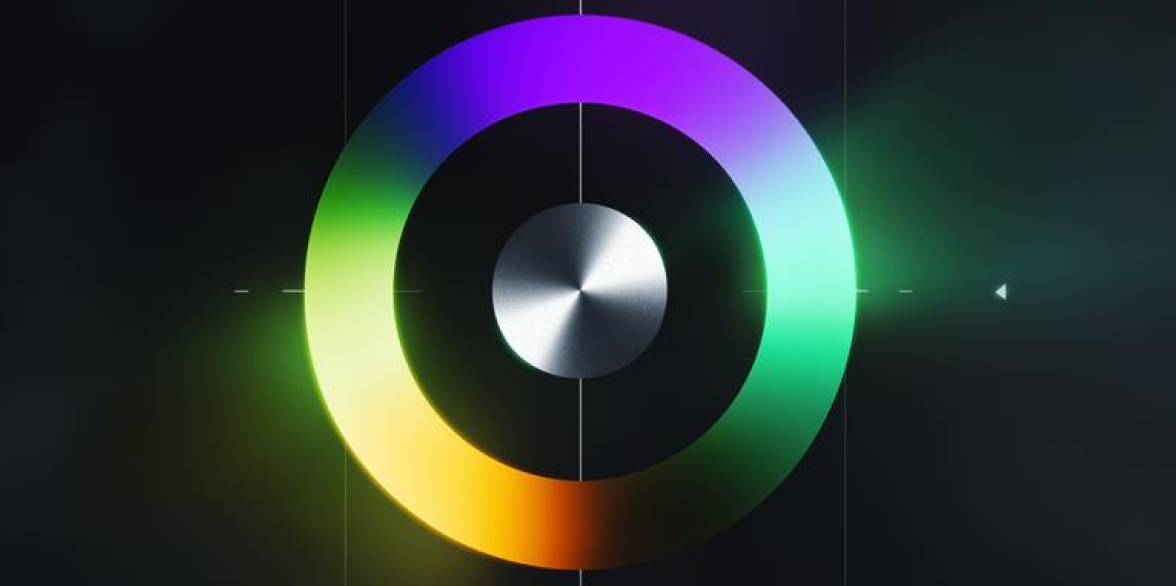

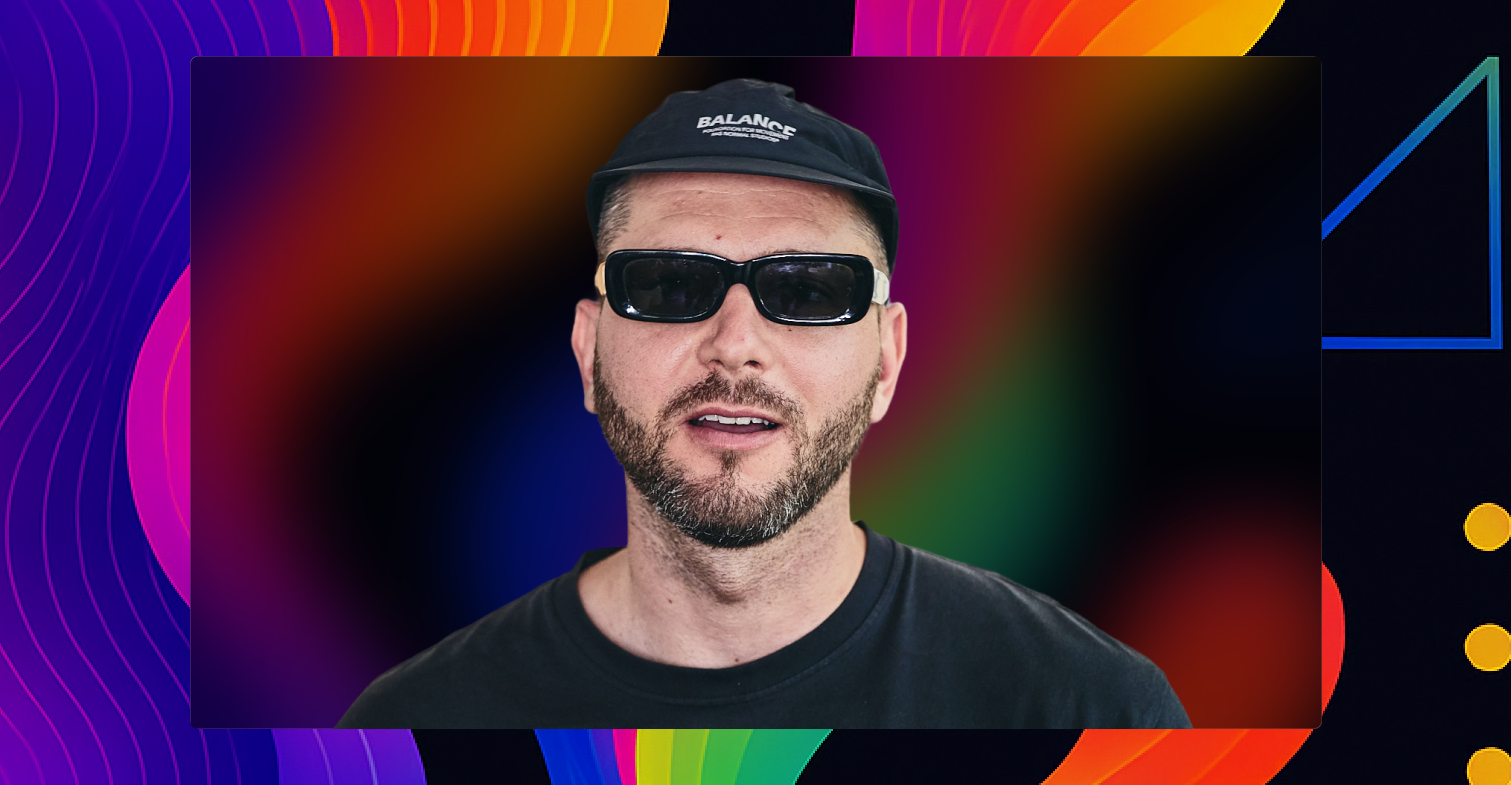




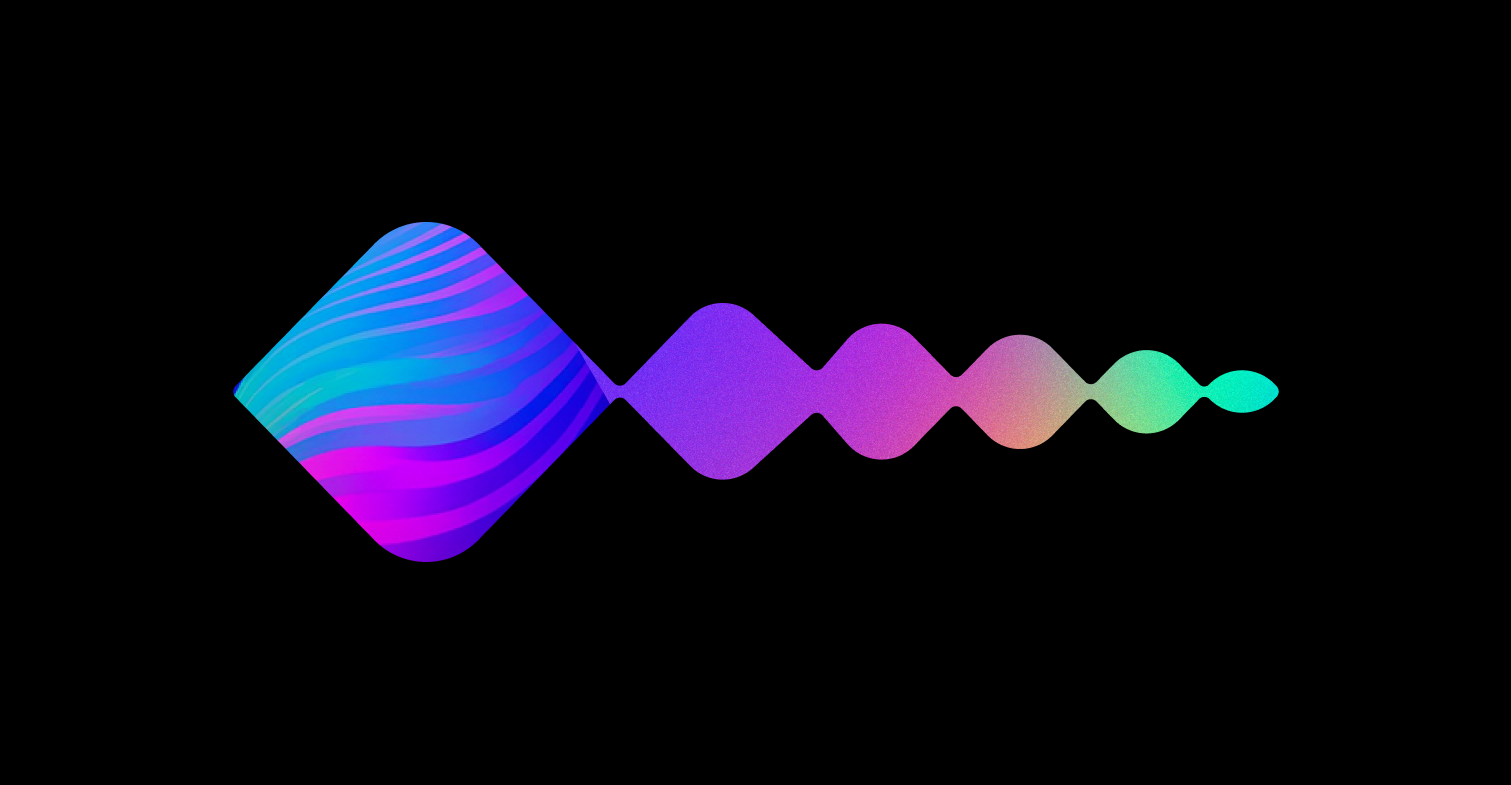
.png)
